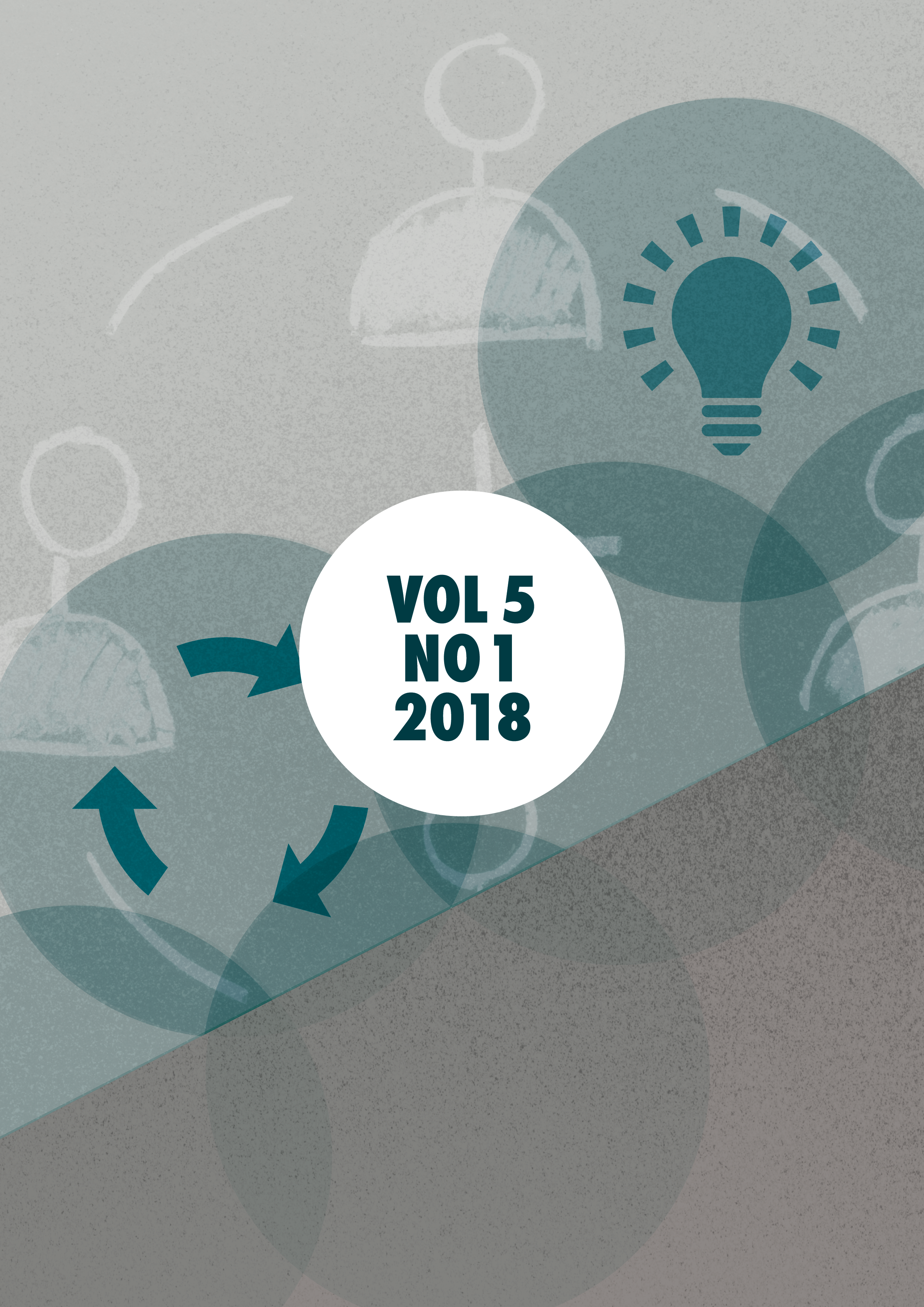Participatory Contact Zones and Conflict Transformation: The Participatory Intensities of the Cyprus Friendship Program
DOI:
https://doi.org/10.7146/tjcp.v5i1.105286Nøgleord:
Participation, Power, Empowerment, Peace-building, Conflict Transformation, Participatory Contact Zone, Participatory Intensities, Youth Participation, AdultismResumé
Despite the celebratory approach towards community participation in peace-building, less attention has been placed on the participatory process itself, leaving ambiguous how, and to what degree, power is actually redistributed in these processes. This article aims to address this gap by further developing Torre’s concept of the participatory contact zone. This notion first structures a mapping of Cypriot bi-communal education-related projects (2010-2015) and then supports an in-depth analysis of one project, the Cyprus Friendship Program (CFP). This case study uses Carpentier’s four-level, twelve-step model for participatory analysis to scrutinize the participatory intensity of the CFP’s organizational processes, focusing on the power position of the involved youngsters. It shows that teenagers participate in the CFP at varying degrees: While their power position on a more structural level is limited, there are three areas where these youngsters become more empowered: Co-organization (at lower levels), the teamwork during activities and the development of new initiatives.
Downloads
Publiceret
Citation/Eksport
Nummer
Sektion
Licens
Copyright (c) 2018 Conjunctions. Transdisciplinary Journal of Cultural Participation

Dette værk er under følgende licens Creative Commons Navngivelse – Ikke-kommerciel – Ingen Bearbejdede Værker (by-nc-nd).
Copyright (c)): Author
This work is licensed under a Creative Commons Attribution-NonCommercial-NoDerivatives 4.0 International License.





